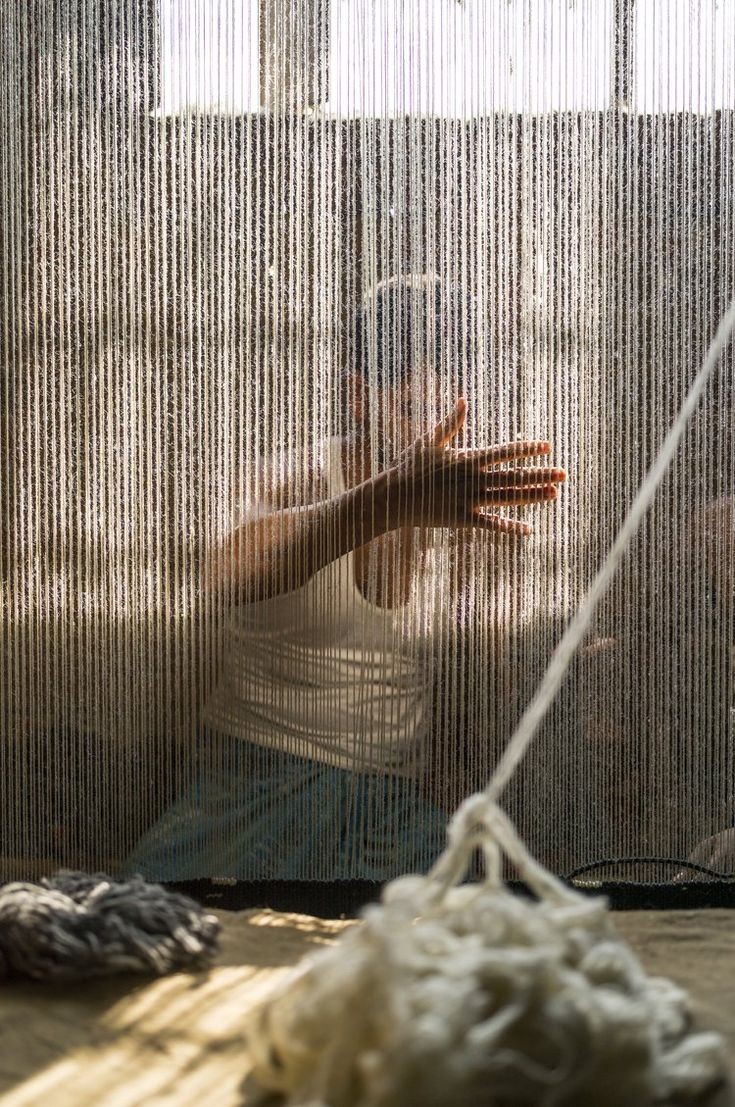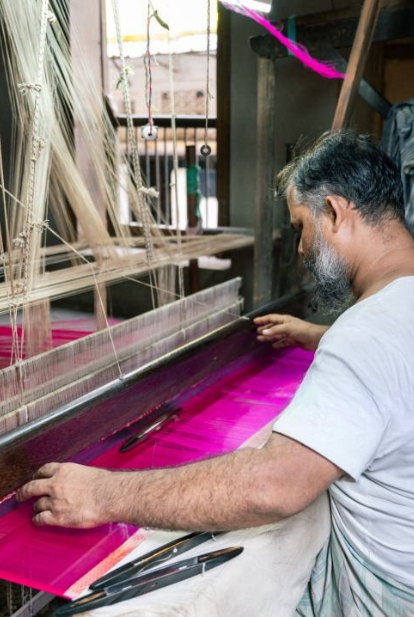Handlooms and handicrafts have been an integral part of human history, telling stories of culture, tradition, and artistry. From intricately woven fabrics to beautifully handcrafted items, these creations reflect the unique identity of communities worldwide. Let’s explore some fascinating trivia about the world of handlooms and handicrafts that highlight their timeless charm.
1. The Origin of Chikankari Embroidery
The delicate art of Chikankari embroidery, famous in Lucknow, India, is believed to have been introduced by Empress Noor Jahan during the Mughal era. This intricate hand embroidery continues to captivate the world with its elegance
2. The World’s Oldest Handloom Tradition
India’s handloom weaving tradition dates back over 5,000 years, with the Indus Valley Civilization showcasing early evidence of cotton weaving. Fabrics from this era were known for their fine quality and are still celebrated in modern India
3. Kanchipuram Silk: Fit for Royalty
The luxurious Kanchipuram silk sarees, known for their durability and vibrant colors, were once worn exclusively by royalty. The unique weaving technique involves intertwining silk and zari threads, creating patterns that never fade.
4. The Mystery of Ajrakh Printing
Ajrakh block printing, originating from the Kutch region of Gujarat, uses natural dyes and intricate geometric patterns. The name "Ajrakh" is derived from the Arabic word "Azrak," meaning blue, a prominent color in these textiles.
5. Bamboo Handicrafts: A Sustainable Marvel
Bamboo crafts, especially popular in Northeast India, represent eco-friendly artistry. From furniture to intricate decorative items, bamboo handicrafts showcase sustainable design and community ingenuity.
6. The Weave of Pashmina
Pashmina, often called the "soft gold" of fabrics, originates from Kashmir and is made from the wool of Changthangi goats. It takes months to weave a single Pashmina shawl, making it a prized possession across the globe.
7. Madhubani Paintings and Fabric Art
Madhubani art, known for its vibrant colors and detailed patterns, has made its way from canvas to fabric. Traditional Madhubani sarees are now a favorite among art and fashion enthusiasts, blending heritage with style.
8. World Handloom Day
Did you know? August 7 is celebrated as National Handloom Day in India to honor the Swadeshi Movement of 1905, which encouraged the use of handloom textiles as a symbol of self-reliance and cultural pride.
9. Terracotta: The Earth’s Craft
Terracotta, one of the oldest forms of handicrafts, dates back to the Indus Valley Civilization. From figurines to pottery, this art form is still widely practiced, combining ancient techniques with modern designs.
Conclusion:
Handlooms and handicrafts are more than just art—they are legacies passed down through generations, celebrating the beauty of heritage and sustainable living. By supporting these crafts, we not only embrace timeless traditions but also empower artisans who keep these art forms alive
.



